Malaysia’s colonial history is a fascinating tapestry woven from diverse cultures and influences. As a country that has experienced the rule of various colonial powers, Malaysia showcases a unique blend of traditions, architecture, and societal changes that reflect its past. This blog delves into Malaysia’s colonial era, highlighting the key players and their lasting impact on the nation.
1. The Early Colonial Era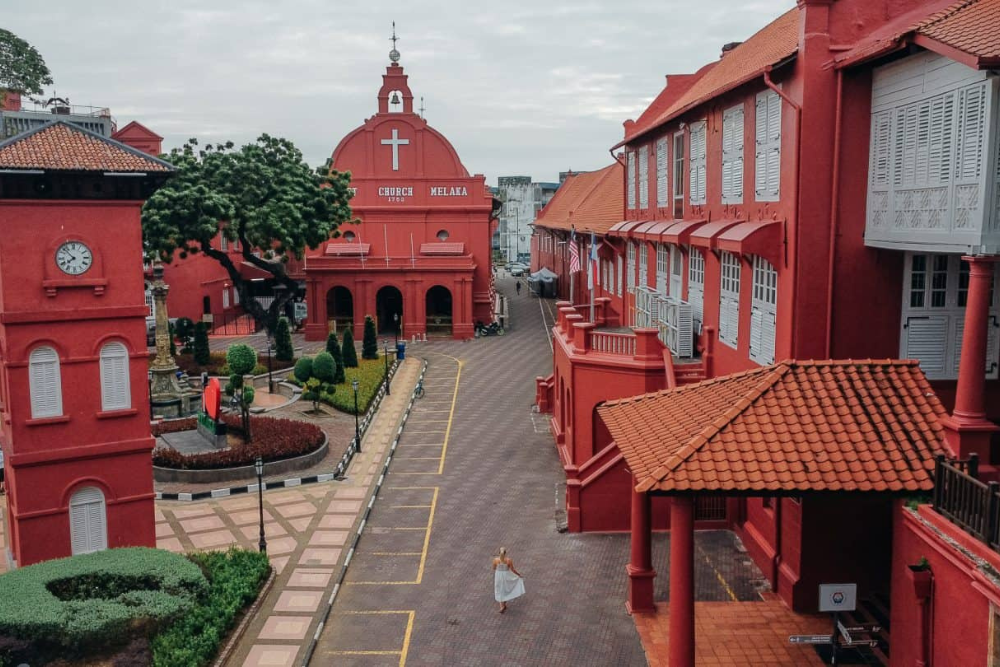
The story of Malaysia’s colonial history begins in the 16th century with the arrival of European powers seeking trade routes and resources. The Portuguese were the first to establish a foothold in Malacca in 1511. They aimed to control the spice trade and spread Christianity. Their influence can still be seen today in local cuisine and some architectural remnants.
In 1641, the Dutch took over Malacca from the Portuguese, continuing to dominate trade until the British emerged as a significant power in the region.
2. British Colonization
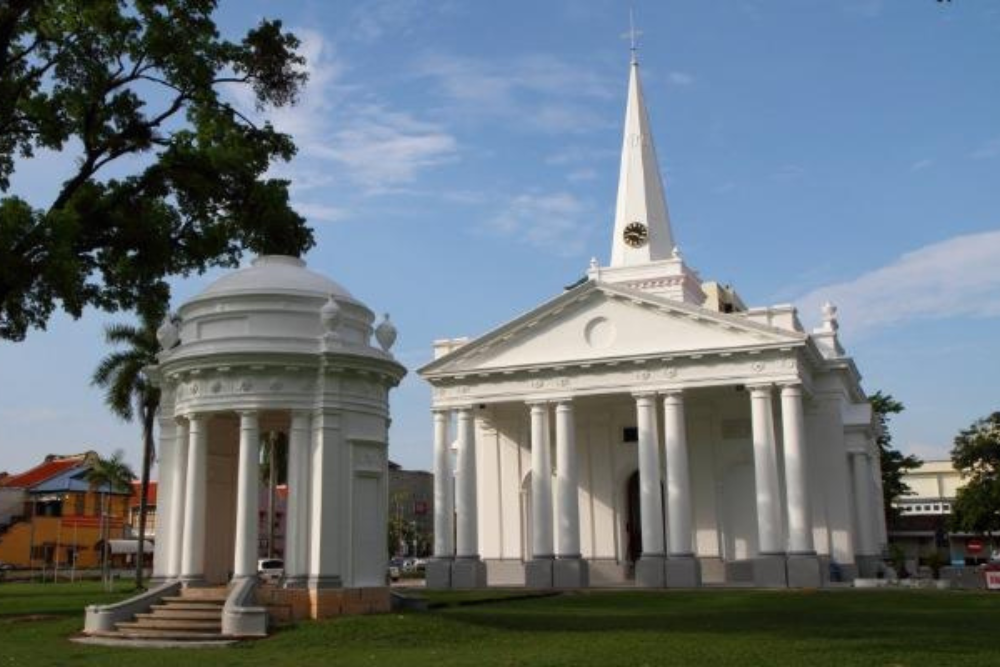
The British began their foray into Malaya in the late 18th century. In 1786, they established Penang as a trading post. The strategic location of Penang made it an essential port for trade between India and China. Following this, they expanded their influence by establishing Singapore in 1819 under Sir Stamford Raffles. Singapore quickly became a vital trading hub for the British Empire.
By the mid-19th century, the British consolidated control over Malaya through treaties and direct rule. They introduced new administrative systems that reshaped local governance and economy. The establishment of tin mines and rubber plantations attracted large numbers of Chinese and Indian immigrants, significantly altering Malaysia’s demographic landscape.
3. Architectural Heritage
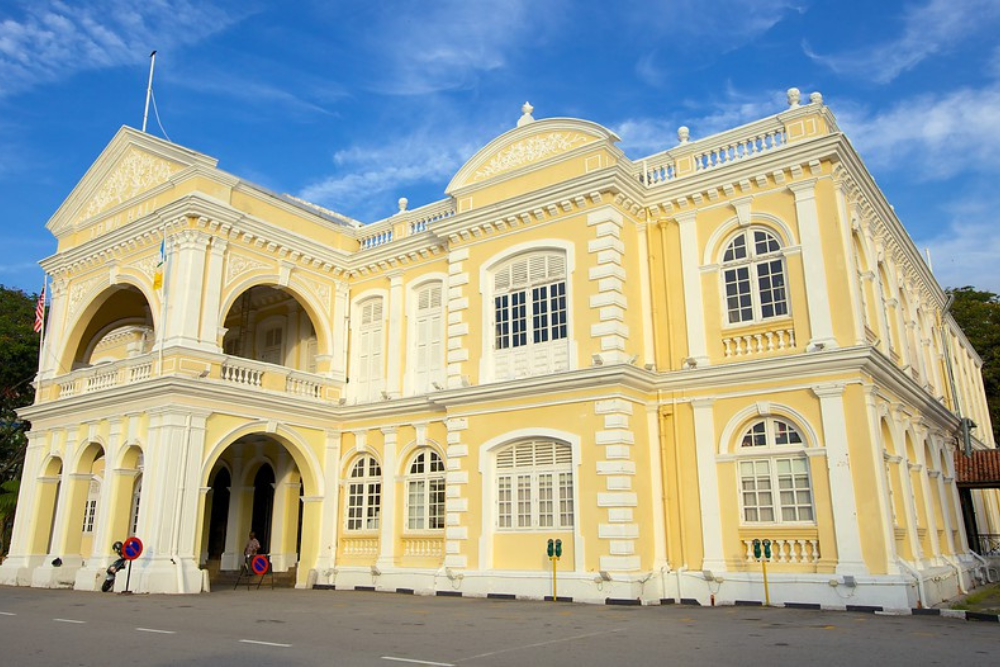
The impact of colonialism is evident in Malaysia’s architecture. Cities like George Town and Melaka feature a mix of colonial buildings showcasing British, Dutch, and Portuguese influences. The Sultan Abdul Samad Building in Kuala Lumpur is a prime example of Moorish architecture blended with Victorian elements. This iconic structure served as the administrative center during British rule and remains a symbol of Malaysia’s colonial past.
4. Cultural Influences

Colonialism also left an indelible mark on Malaysian culture. The arrival of foreign settlers brought new customs, languages, and culinary traditions. The fusion of Malay, Chinese, Indian, Portuguese, and Dutch cultures resulted in a rich multicultural society that defines modern Malaysia.
Festivals like Chinese New Year, Deepavali, and Hari Raya showcases this diversity, where each community celebrates its heritage while contributing to a shared national identity.
5. Resistance Movements
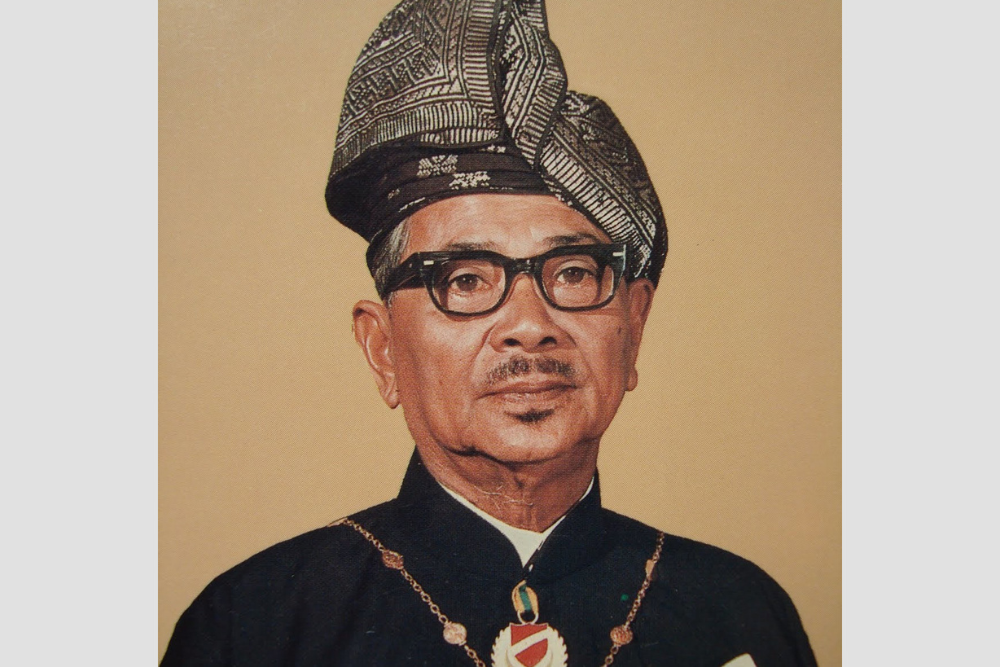
While some embraced colonial rule for economic opportunities, others resisted it fiercely. Nationalist movements began to emerge in the early 20th century as Malaysians sought greater autonomy and self-governance. Figures like Tunku Abdul Rahman played pivotal roles in advocating for independence from British colonial rule.
The struggle culminated in Malaysia achieving independence on August 31, 1957—a significant milestone that marked the end of colonial rule and the beginning of self-determination for Malaysians.
6. Post-Colonial Influence
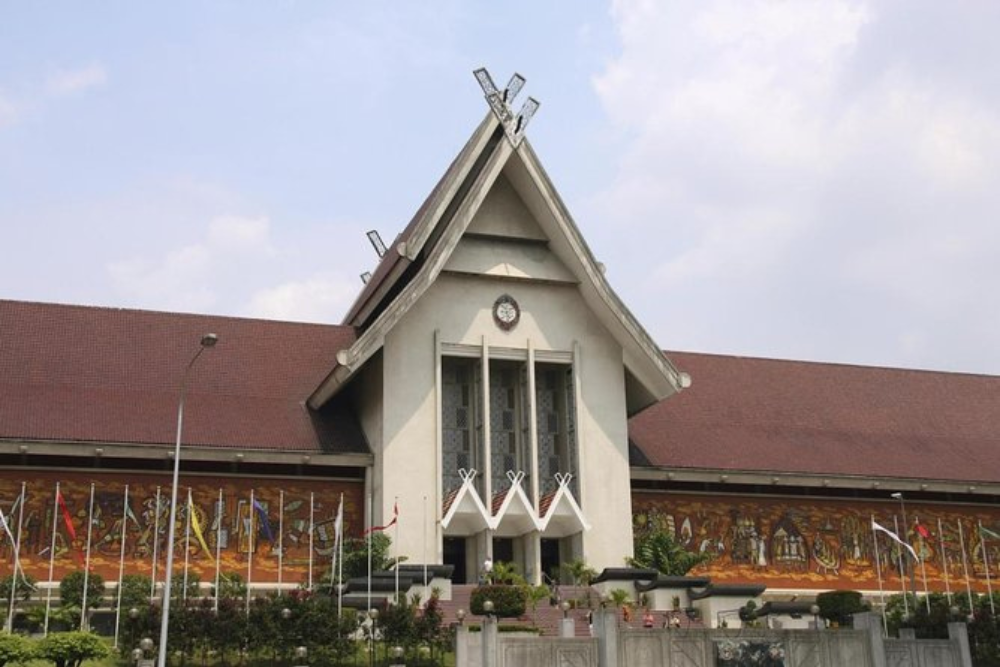
After gaining independence, Malaysia faced challenges in unifying its diverse population while honoring its colonial legacy. The government embraced multiculturalism as a guiding principle to foster national unity among its citizens.
Today, remnants of colonial history coexist with modern developments. Museums like the The National Museum offers visitors insights into Malaysia’s past while celebrating its cultural diversity.
7. Visiting Historical Sites
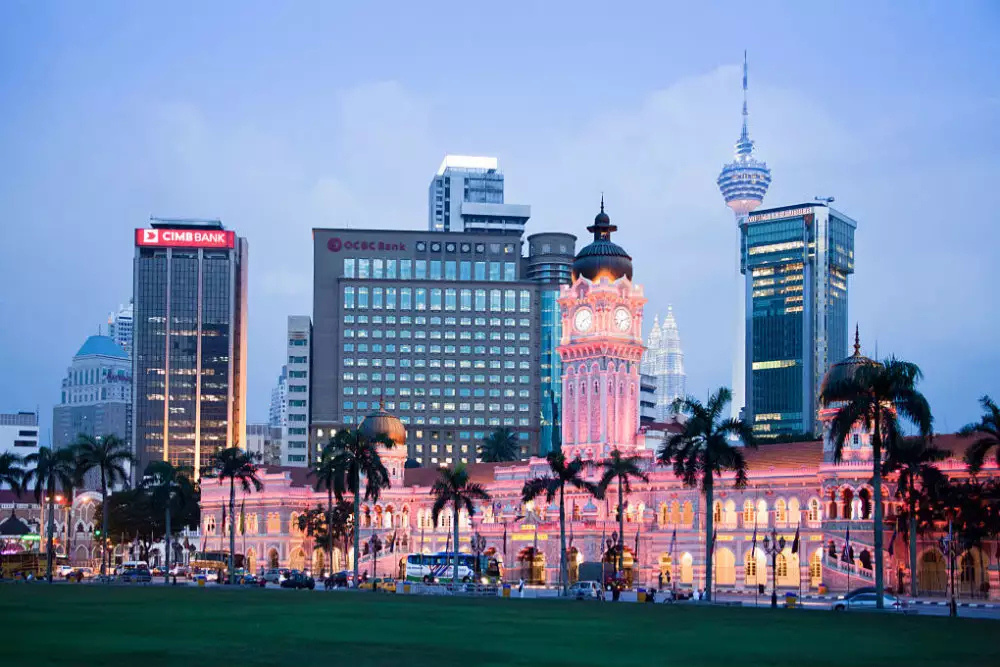
To truly appreciate Malaysia’s colonial history, consider visiting key historical sites:
– Malacca: Walk along Jonker Street to explore heritage buildings like Cheng Hoon Teng Temple.
– George Town: Discover street art that tells stories of its colonial past while enjoying local street food.
– Kuala Lumpur: Visit historical landmarks such as Merdeka Square and the Kuala Lumpur Railway Station.
Conclusion
Malaysia’s colonial history is an intricate story marked by various influences that have shaped its culture, architecture, and identity today. Exploring this rich heritage allows travelers to understand how past events continue to resonate within contemporary Malaysian society.











